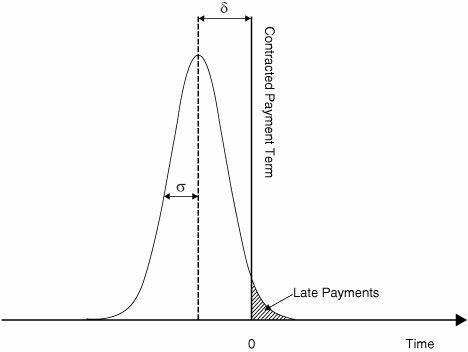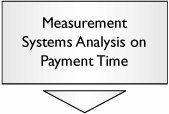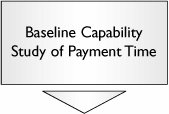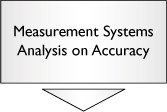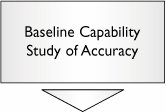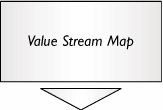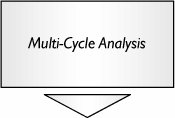Section X. Payments Made to Suppliers Not Optimized
X. Payments Made to Suppliers Not OptimizedOverviewAll businesses pay suppliers for products and services in one form or another. At any given time, there is an amount outstanding to suppliers typically known as accounts payable. The goal in this type of project is one of fine balance: keeping hold of the money for as long as possible without going beyond the terms agreed with the supplier. ExamplesAccounts payable for any business that buys products or services from suppliers. Measuring PerformanceAccounts payable is measured in dollars outstanding to suppliers. This can be increased by extending terms with suppliers, which is just a function of the purchasing group. Here the project needs a subtly different approach and examines the payment process. The best metric is to look at performance in terms of time. For example, if the payment terms are 30 days, move the origin to that point. If payment is made late at say, 32 days, that would be recorded as +2 days. Likewise, if payment is made early, at say 27 days, that would be written as 3 days. This is replicated across all suppliers and agreed terms, resulting in a payment distribution as in Figure 3.2. Figure 3.2. Measuring accounts payable: distribution of payments made. The goal is to never go above zero, but to pay as late as possible (i.e., to record as small a negative number as possible). This is done by minimizing δ, σ and the area of graph overlapping the terms line in Figure 3.2, which in turn maximizes the accounts payable dollars and minimizes failure to meet payment terms. The secondary metric will be to look at payment accuracy. (Did we pay correctly for what we got?) This is measured as a percentage of payments made correctly (number correct x 100/total). Tool Approach
The solution is usually found in the reduction of NVA activity and subsequently variation in the process, followed by installing a very clear, reliable trigger for payment at the appropriate place in the process. At this point, it becomes a matter of controlling the process, so the next step is to move to the Control tools in Chapter 5. |
EAN: 2147483647
Pages: 138
